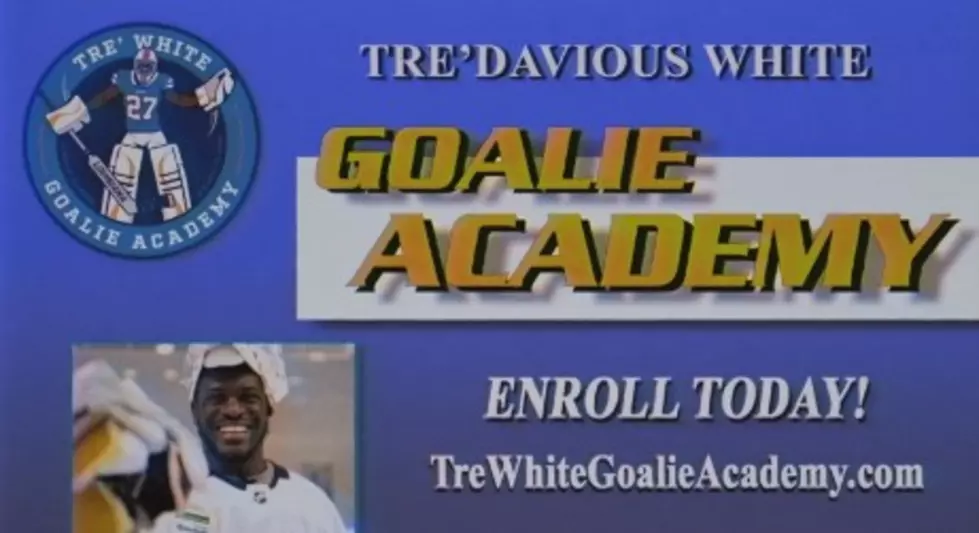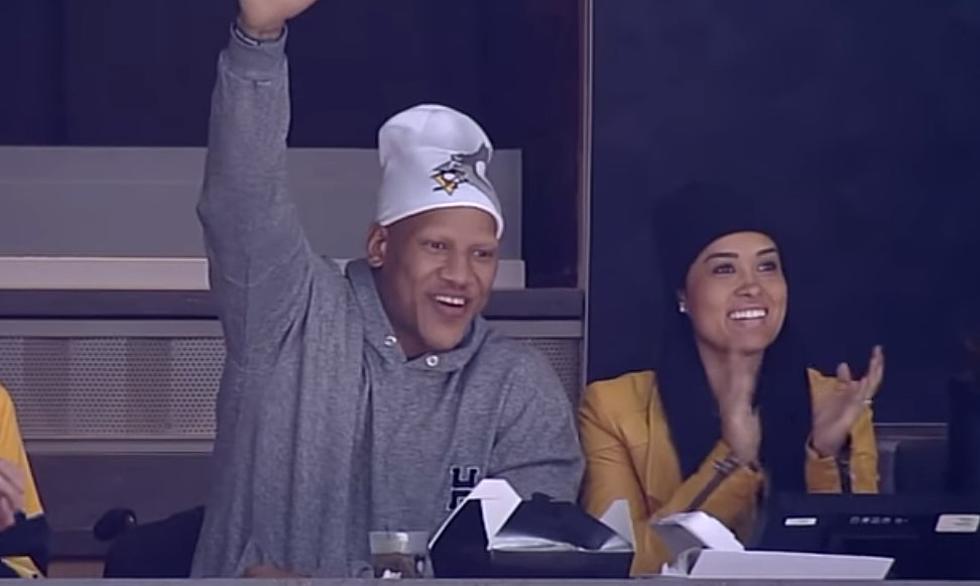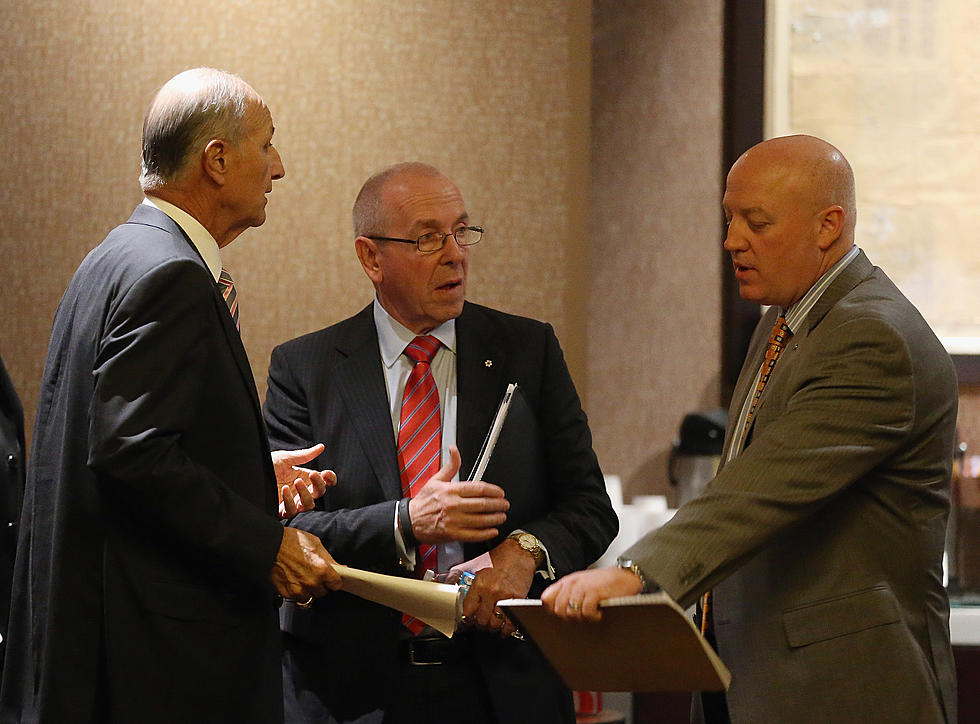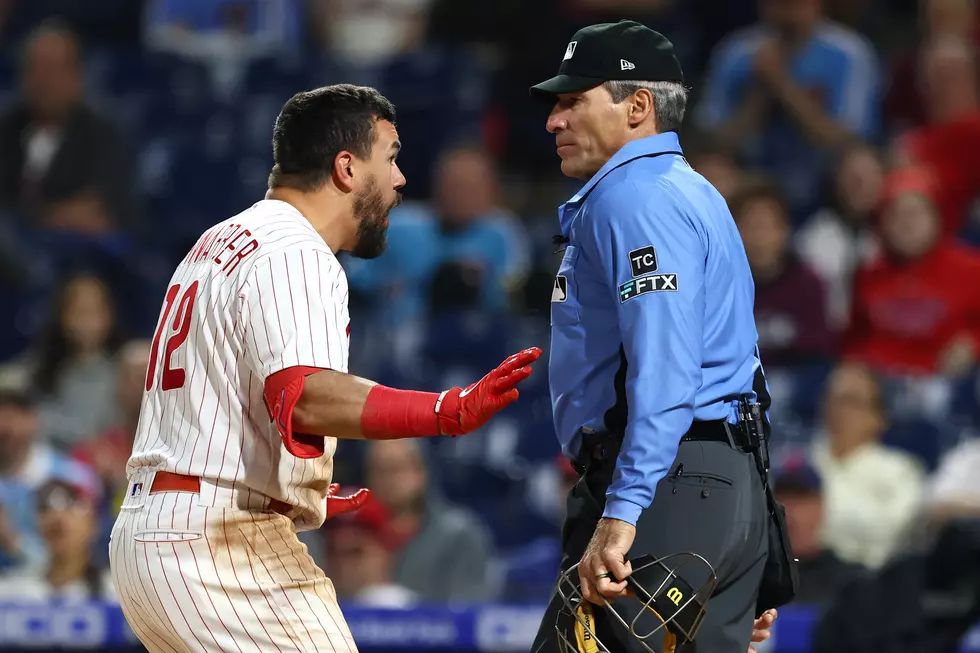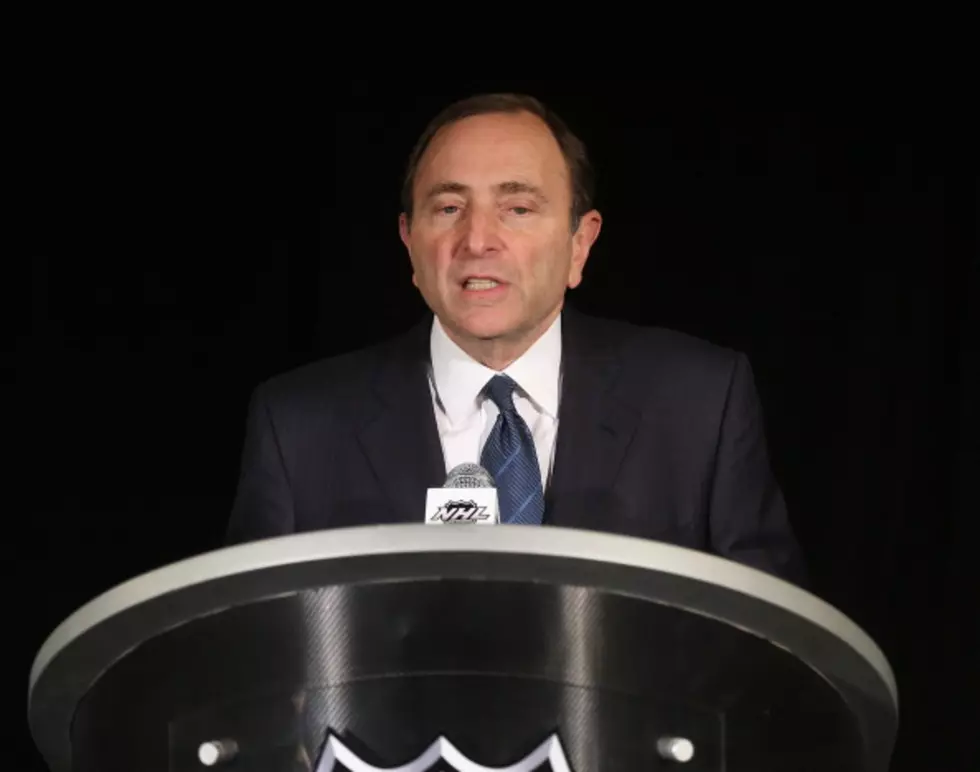
NHL Lockout Is Over, NHL and Players Union Reach Agreement
After 113 days of disagreements, arguing and no hockey, the NHL lockout has finally come to an end.
It is safe to say there will not be any more lockouts for at least 10 years.
Four months after hockey players should have taken to the ice, each NHL arena in North America was empty.
Finally, after long battles over a long period of time, we will finally see hard-hitting hockey action. But, it comes after half of the calendar year has been lost.
This morning at the NHL offices in New York City, commissioner Gary Bettman and Players' Union director Donald Fehr were able to agree on a deal that revised a collective bargaining agreement that originally left a nasty taste in the mouth of the players.
Players became angry this past summer when team owners expressed their interests in slashing the players' 57% share of hockey-related revenue, adding term limits to contracts, doing away with salary arbitration, and making changes to free agency rules.
On the other side of the fence, the Players' Union requested increased revenue sharing between the teams' owners and a fixed salary cap that is not linked to league revenues.
The union's requests did not sit well with the league, and on September 14th, the NHL officially lockout out.
After 16 hours of dealing, both sides agreed to drop any hockey related revenues for the players from 57% to a 50-50 split. Also in the deal, the salary cap for this season will be at $70.2 million dollars and will drop to $64.3 for next season (this was the initial salary cap figure before the lockout began). The last major piece to the deal, all clubs must have a minimum payroll of $44 million.
This sets the stage for a shortened 48 or 50 game schedule to begin late next week.
Under NHL commissioner Gary Bettman's watch, this is the third lockout. There was lockouts that shortened the 1994-1995 season, and completely wiped out the 2004-2005 season. Will the third time be the charm for the NHL?
[via Fox Sports]
More From News Radio 710 KEEL


